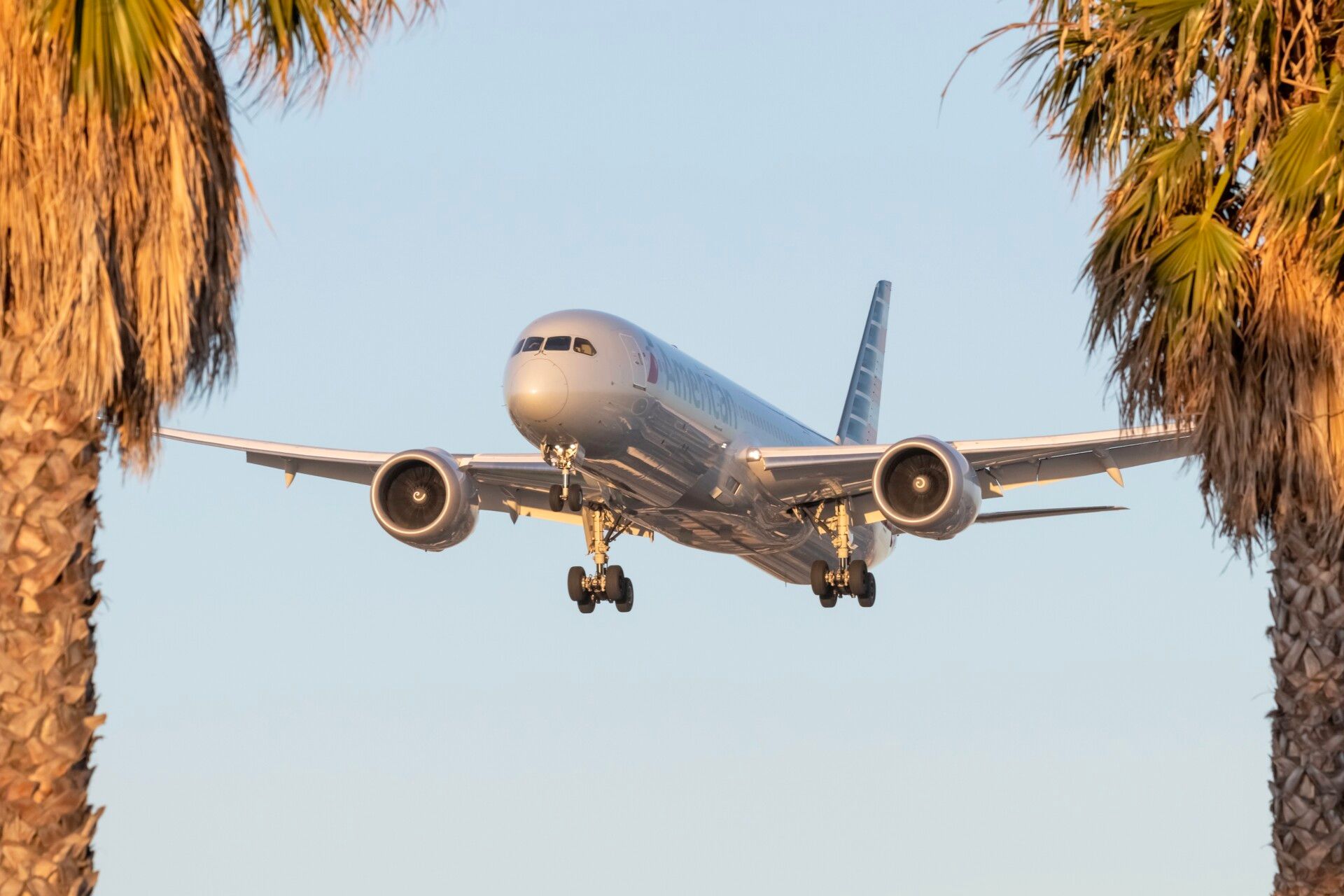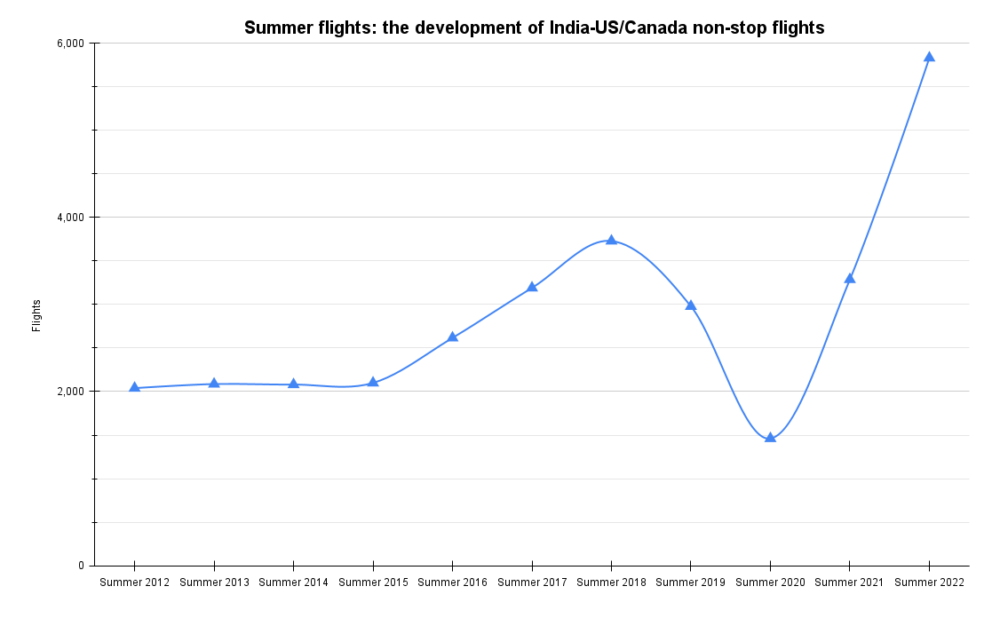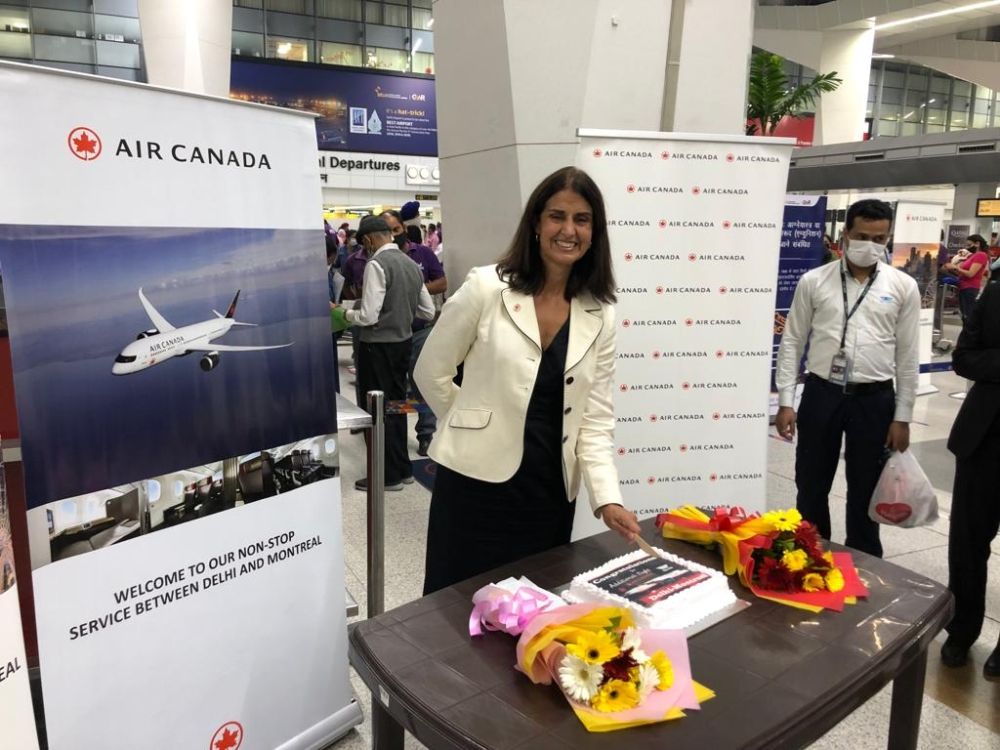All being well, more non-stop flights will operate between India and Canada and the US this summer than ever before. Over 5,800 services are scheduled, providing almost 1.8 million seats for sale, nearly double the number in summer 2019. With 20 bookable routes across four airlines, we check out what's planned.
A record summer... even if things change?
Nine North American airports have non-stop service to India this summer. Newark has more flights than any other airport, followed by Toronto, San Francisco, Chicago, JFK, Vancouver, Washington, Montreal, and Seattle. Newark's dominant position is thanks to United and Air India, two Star Alliance members.
OAG data shows that Delhi has almost nine in ten non-stop flights, trailed by Mumbai, Banglore, and Hyderabad. The dominance of Delhi, the Indian capital (technically New Delhi), is thanks to the airport being Air India's main hub. At the same time, India's flag carrier is the leading operator to North America (see below).
As you might expect, booking data shows that Delhi tends to have higher point-to-point passenger volume to North America (including those who transit), but not always higher average fares.
- Air India: 42% of India-North Ameria non-stop flights this summer
- United: 30%
- Air Canada: 21%
- American: 7%
Stay aware: Sign up for my weekly new routes newsletter.
20 non-stop routes, 12 airport-pairs
Twenty routes are planned, double the number in summer 2019. If airlines are stripped out, there are 12 airport-pairs. Delhi to Toronto, another Star Alliance hub, has more flights across the summer than any other. I summarize the situation below based on a week in July.
Two routes launched late last year. Air Canada began Montréal to Delhi in early November, a point-to-point (P2P) market of ~41,000 round-trip passengers in 2019. Soon after that, American restarted JFK to Delhi after an absence of almost ten years. Delhi-JFK had ~253,000 P2P passengers in 2019.
- Toronto to Delhi: Air Canada (10x weekly, B787-9); Air India (1x daily, B777-300ER)
- Chicago to Delhi: Air India (1x daily, B777-200LR/300ER); United (1x daily, B787-9)
- Newark to Delhi: United (1x daily, B777-300ER); Air India (4x weekly, B777-300ER)
- San Francisco to Delhi: United (1x daily, B787-9); Air India (3x weekly, B777-200LR/300ER)
- Newark to Mumbai: United (1x daily, B777-300ER); Air India (3x weekly, B787-8)
- Vancouver to Delhi: Air Canada (1x daily, B787-9); Air India (3x weekly, B777-300ER)
- JFK to Delhi: American (1x daily, B777-300ER); Air India (3x weekly, B777-300ER)
- Washington to Delhi: Air India (3x weekly, B787-8)
- Montréal to Delhi: Air Canada (3x weekly, B787-9)
- San Francisco to Bangalore: Air India (2x weekly, B777-200LR); United (1x daily, B787-9, from October 28th)
- Chicago to Hyderabad: Air India (1x weekly, B777-200LR)
- Seattle to Bangalore: American (1x daily, B787-9, from October 29th)
American and United to Bangalore
The introduction of United and American to Bangalore has seen enormous delays owing to the current lack of corporate travel. After all, they'll connect 'Silicon Valleys', and they hope to attract good volumes of travelers happy to pay a premium for non-stop and frequent service, and much shorter journey times. Connections across the US will also be available.
They're now expected to begin just before the end of the aviation summer season. Bangalore will be Seattle's longest non-stop route and the city's first connection to India. In 2019, Seattle-Bangalore saw ~39,000 P2P passengers. Because of the nature of demand, the average fare was 48% (!) higher than to Delhi, Seattle's largest-volume market. You can see the appeal of Bangalore – and why it is delayed.
What do you make of the developments? Share your thoughts in the comments.



